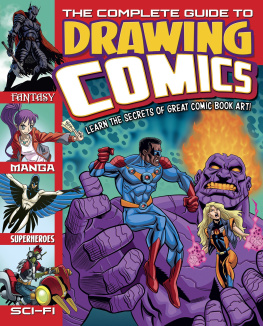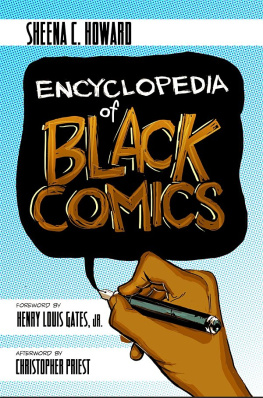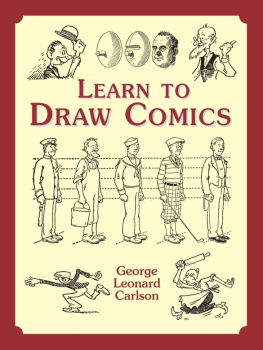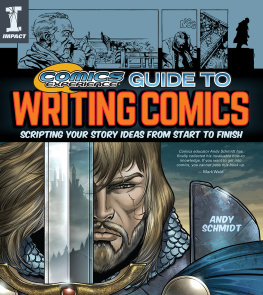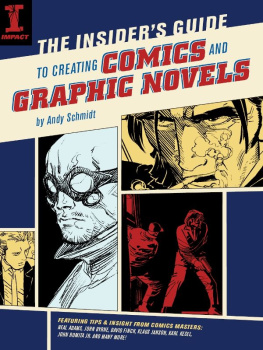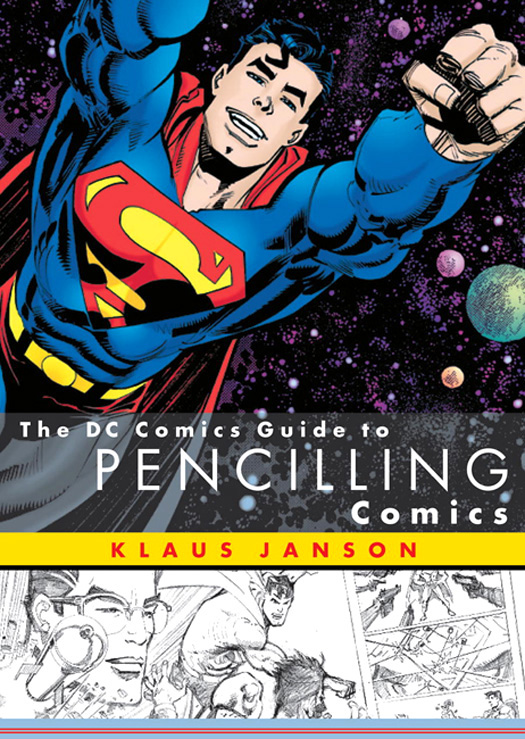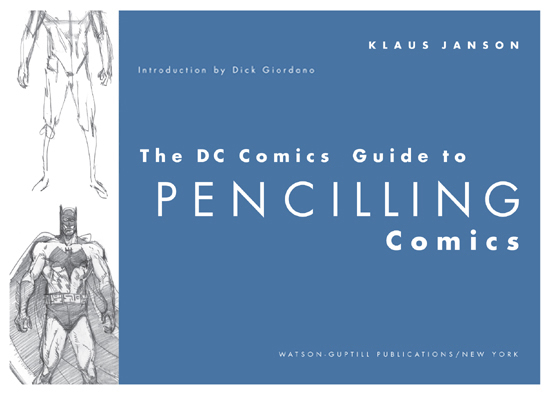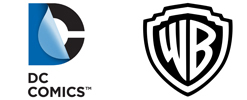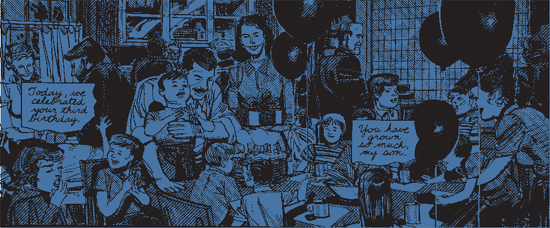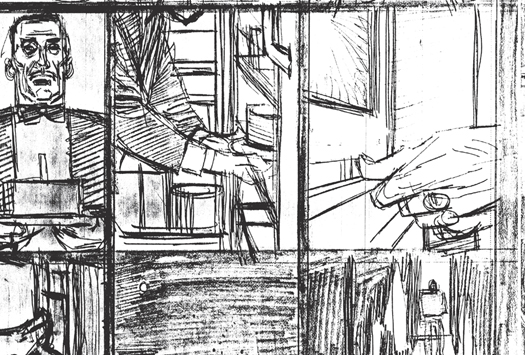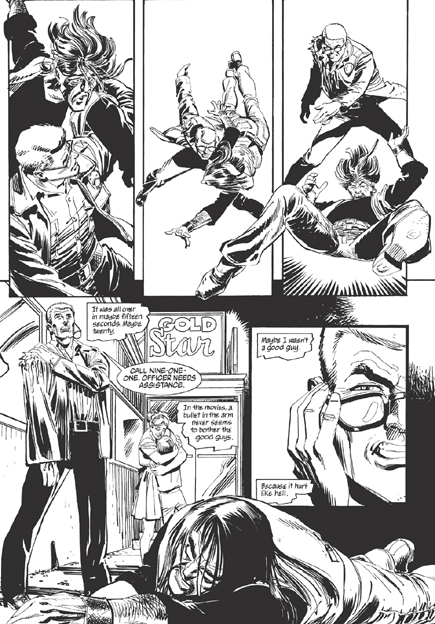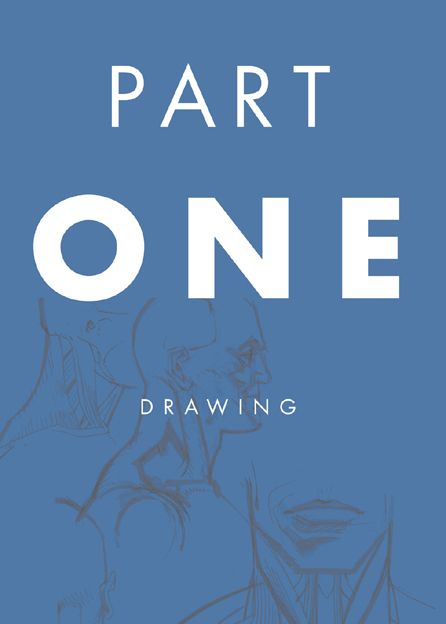Klaus Janson - The DC Comics Guide to Pencilling Comics
Here you can read online Klaus Janson - The DC Comics Guide to Pencilling Comics full text of the book (entire story) in english for free. Download pdf and epub, get meaning, cover and reviews about this ebook. year: 2002, publisher: Watson-Guptill Publications, genre: Art / Computer. Description of the work, (preface) as well as reviews are available. Best literature library LitArk.com created for fans of good reading and offers a wide selection of genres:
Romance novel
Science fiction
Adventure
Detective
Science
History
Home and family
Prose
Art
Politics
Computer
Non-fiction
Religion
Business
Children
Humor
Choose a favorite category and find really read worthwhile books. Enjoy immersion in the world of imagination, feel the emotions of the characters or learn something new for yourself, make an fascinating discovery.

- Book:The DC Comics Guide to Pencilling Comics
- Author:
- Publisher:Watson-Guptill Publications
- Genre:
- Year:2002
- Rating:4 / 5
- Favourites:Add to favourites
- Your mark:
The DC Comics Guide to Pencilling Comics: summary, description and annotation
We offer to read an annotation, description, summary or preface (depends on what the author of the book "The DC Comics Guide to Pencilling Comics" wrote himself). If you haven't found the necessary information about the book — write in the comments, we will try to find it.
Americas leading comic book publisher brings its superstar creators and classic characters to the second in an authoritative series of books on how to create comics. The art of Klaus Janson has endured in the ever-changing comic book industry for over 30 years. Now this talented artist brings that experience to the most critical step of effective comic book storytelling: pencilling.
Covering everything from anatomy to composition to page design, Janson details the methods for creating effective visual communication. Step by step, he analyzes and demonstrates surefire strategies for comic book pencilling that are informative and exciting. Using DCs world-famous characters, he illustrates the importance of knowing the fundamentals of art and how best to use them.
The DC Comics Guide to Pencilling Comics is packed with a wealth of tested techniques, practical advice, and professional secrets for the aspiring artist. It is a valuable resource for comic book, graphic novel, and storyboard artists everywhere.
Klaus Janson: author's other books
Who wrote The DC Comics Guide to Pencilling Comics? Find out the surname, the name of the author of the book and a list of all author's works by series.

